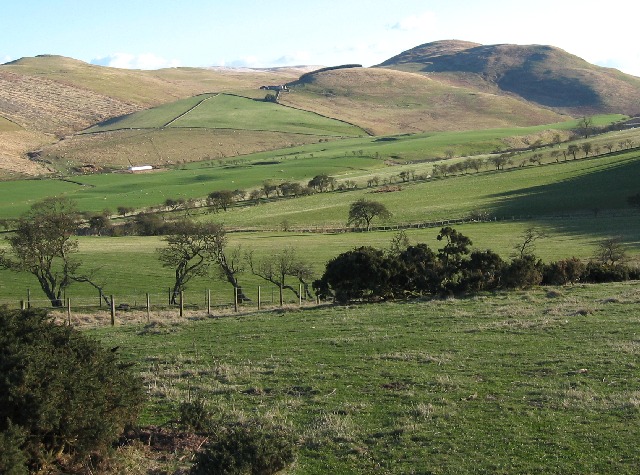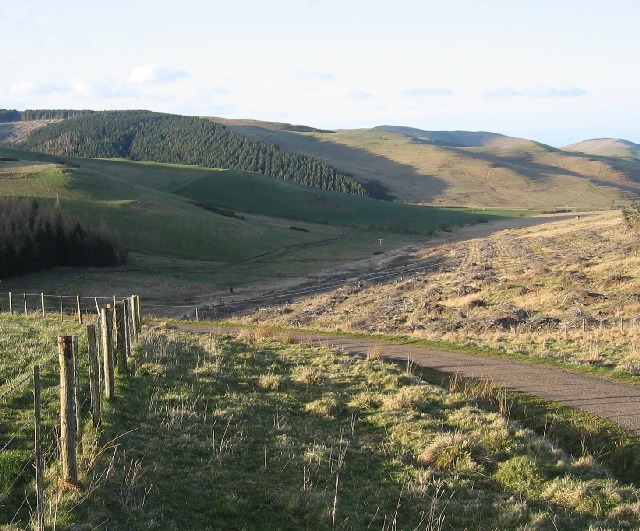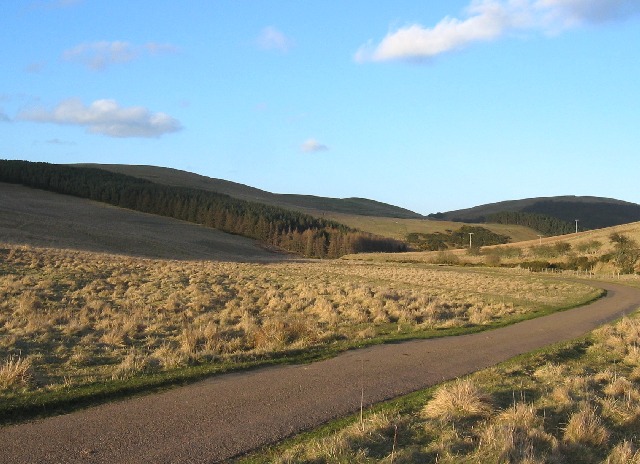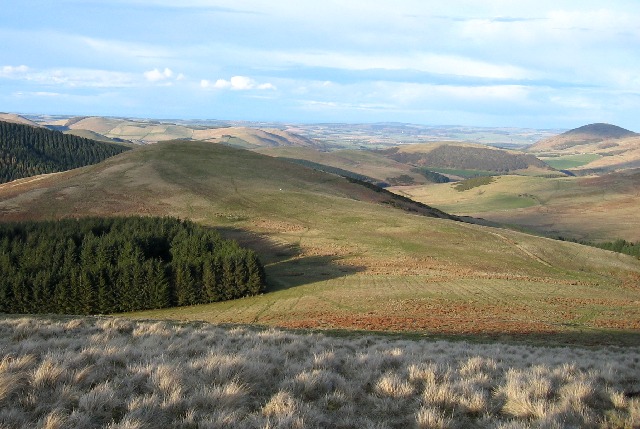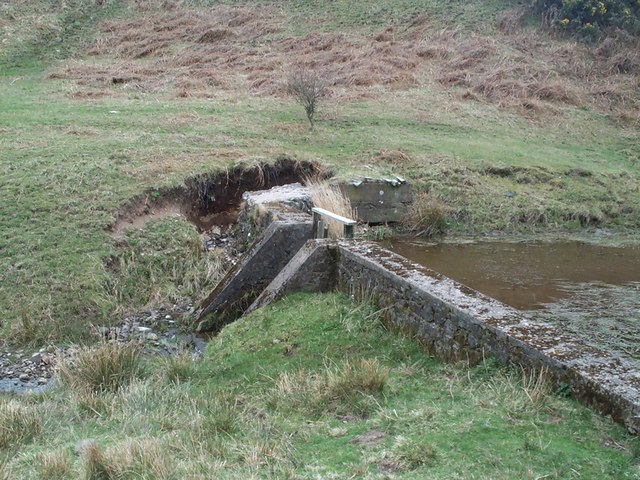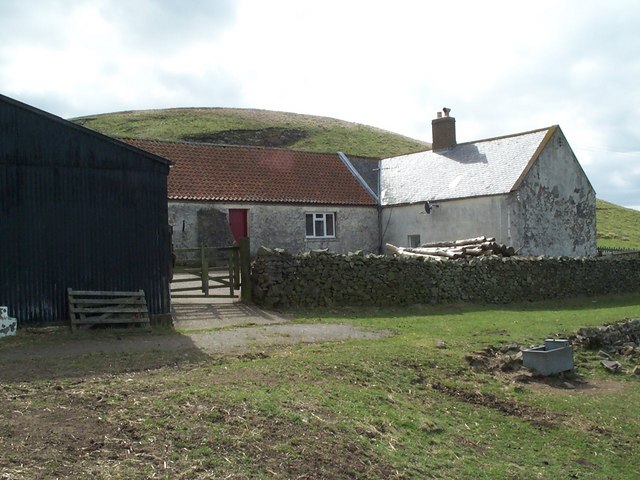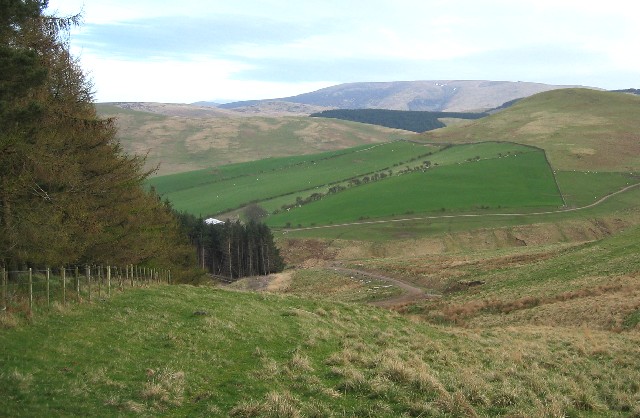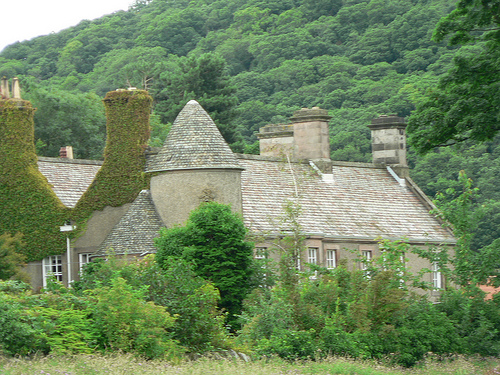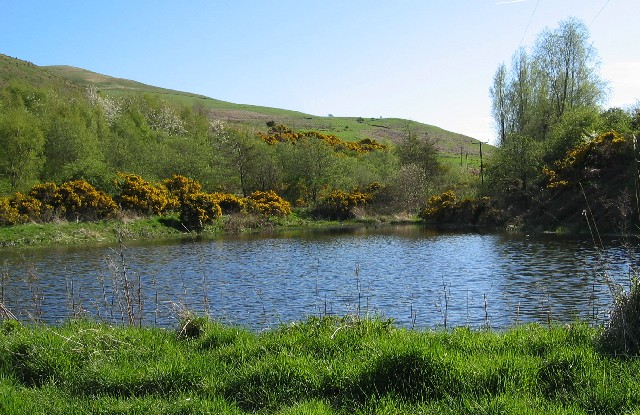Haddon Hill
Hill, Mountain in Northumberland
England
Haddon Hill
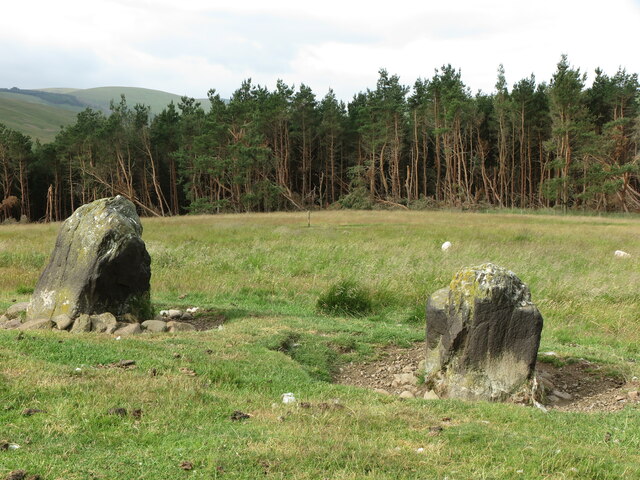
Haddon Hill is a prominent hill located in the county of Northumberland, England. Situated within the North Pennines Area of Outstanding Natural Beauty, it offers stunning panoramic views of the surrounding countryside. Rising to an elevation of approximately 516 meters (1,693 feet), it is considered one of Northumberland's highest points.
The hill is characterized by its rugged and rocky terrain, making it a popular destination for hikers and nature enthusiasts. The landscape is predominantly covered with heather moorland, providing a unique and picturesque setting. Haddon Hill is also home to a diverse range of flora and fauna, including grouse, curlew, and various species of wildflowers.
The hill is easily accessible, with several footpaths and trails leading to its summit. These paths cater to all levels of walkers, from casual strollers to experienced hikers. Along the way, visitors may encounter remnants of the area's mining history, such as abandoned lead mines and spoil heaps.
At the top of Haddon Hill, visitors are rewarded with breathtaking views of the Northumberland countryside. On a clear day, it is possible to see as far as the North Sea coast, the Cheviot Hills, and even the distant Scottish mountains. The hill's summit is also an ideal spot for picnics, offering a tranquil setting to relax and soak in the natural beauty.
Haddon Hill is a true gem of Northumberland, offering a unique blend of natural beauty, recreational opportunities, and historical significance. Whether you are an avid hiker or simply seeking a peaceful escape, this hill is certainly worth a visit.
If you have any feedback on the listing, please let us know in the comments section below.
Haddon Hill Images
Images are sourced within 2km of 55.5566/-2.2034389 or Grid Reference NT8729. Thanks to Geograph Open Source API. All images are credited.

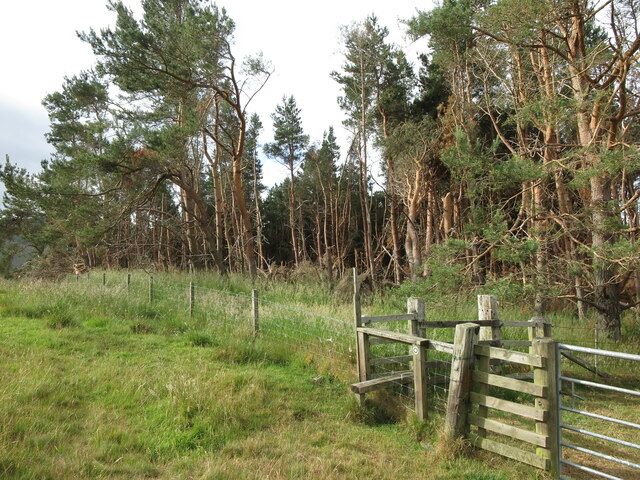
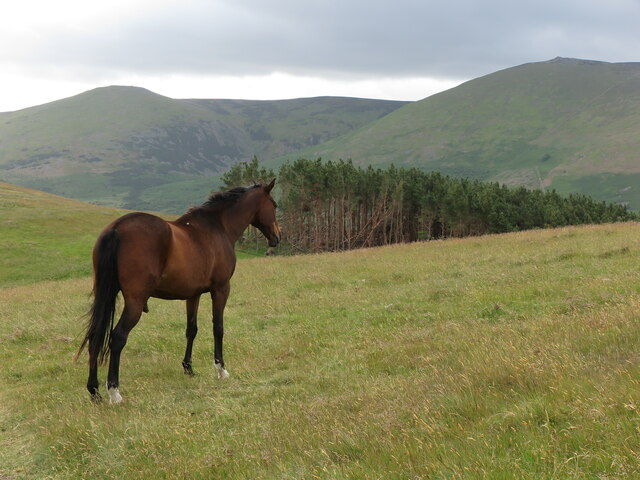
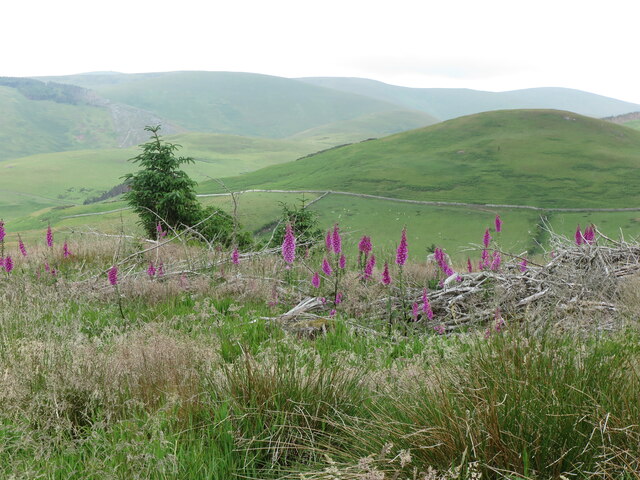
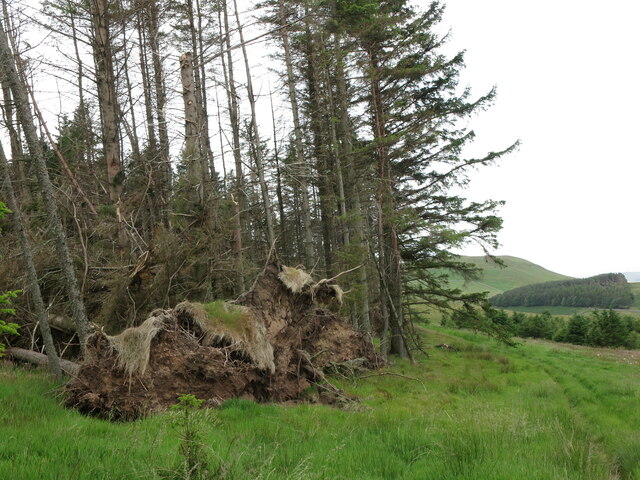

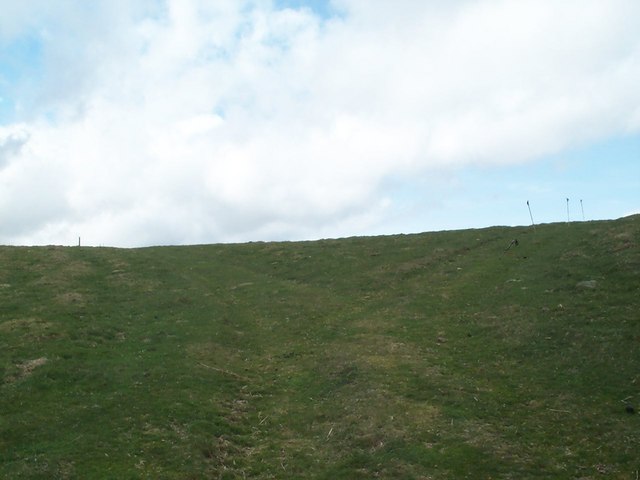
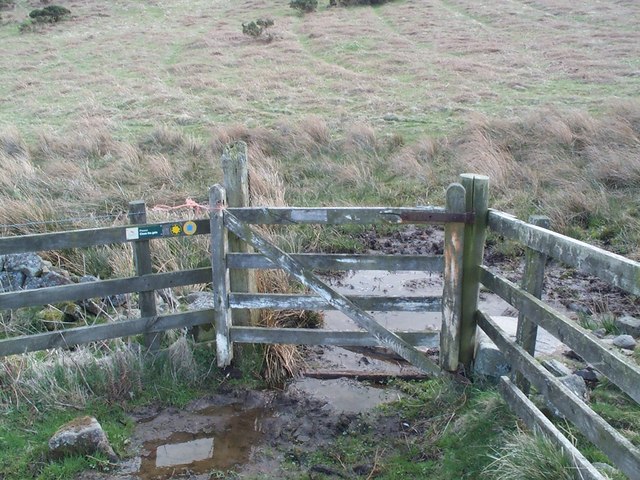


Haddon Hill is located at Grid Ref: NT8729 (Lat: 55.5566, Lng: -2.2034389)
Unitary Authority: Northumberland
Police Authority: Northumbria
What 3 Words
///ignore.hydrant.people. Near Kirknewton, Northumberland
Nearby Locations
Related Wikis
College Valley
The College Valley is one of five cuttings into the Cheviot Hills. The valley is owned by College Valley Estates which in turn is funded by a trust created...
Hethpool House
Hethpool House is an Edwardian house in Hethpool, in the civil parish of Kirknewton, near Wooler, Northumberland, England which has Grade II listed building...
Kilham, Northumberland
Kilham is a hamlet and civil parish in the English county of Northumberland, located 8.0 miles (12.9 km) west of Wooler, 12.0 miles (19.3 km) east of Kelso...
Westnewton, Northumberland
Westnewton is a small hamlet comprising around 8 houses and a manse to the west of the village of Kirknewton, in the civil parish of Kirknewton, in the...
Nearby Amenities
Located within 500m of 55.5566,-2.2034389Have you been to Haddon Hill?
Leave your review of Haddon Hill below (or comments, questions and feedback).
